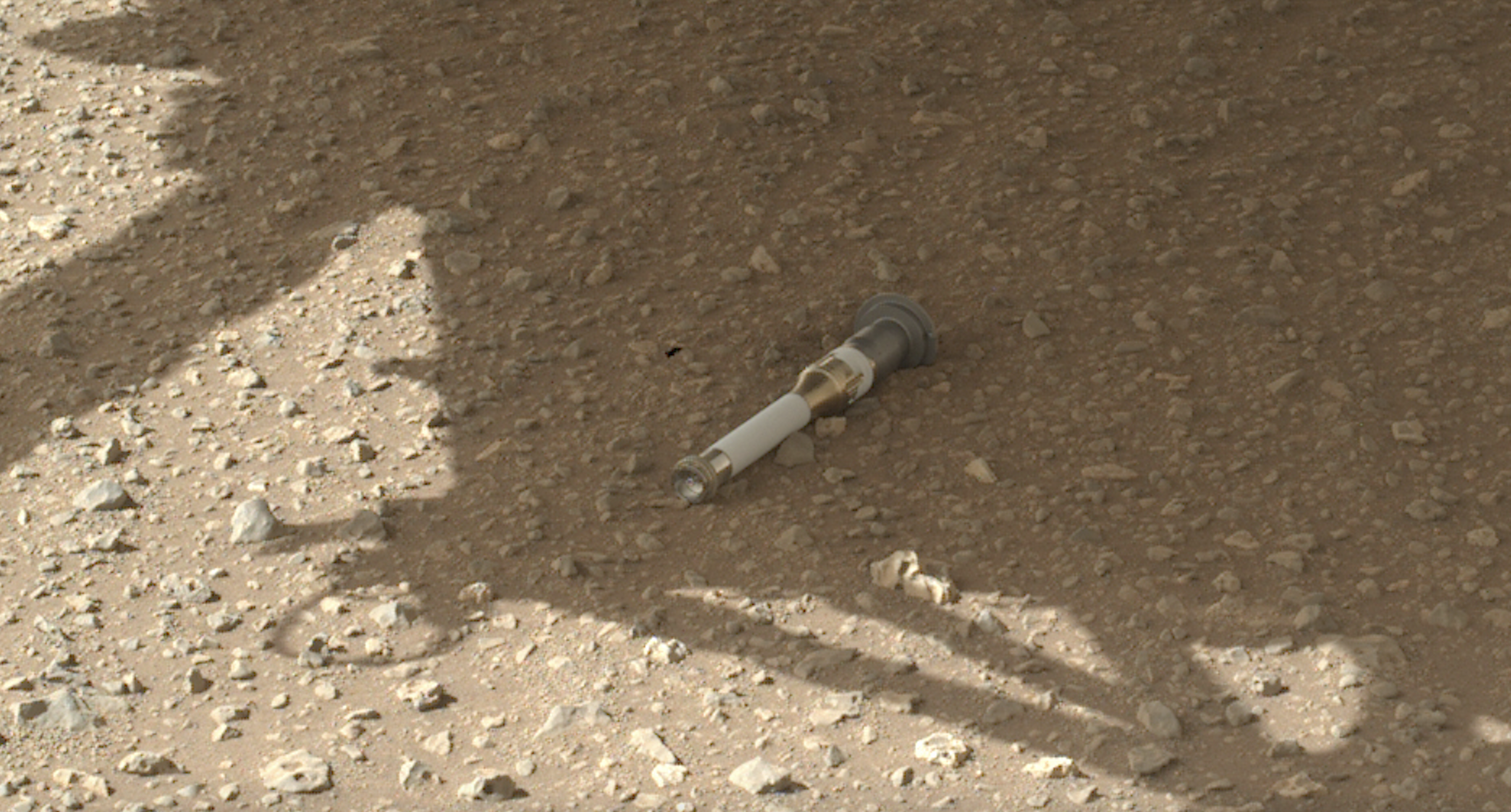NASA’s Mars Sample Return program has hit several snags in recent months after being told its current $11 billion plan is too expensive.
The existing Mars Sample Return (MSR) mission plan would require multiple launches to Mars in order to eventually place a Mars Ascent Vehicle (MAV) on the Red Planet’s surface. From there, either the Perseverance rover or other small retrieval helicopters — similar to NASA’s Ingenuity rotorcraft — would pick up Mars samples that Perseverance has already collected, and load them into the MAV. Then, an ascender would launch the samples up to orbit, where a spacecraft would collect them and haul them back toward Earth.
Sound costly and overly ambitious? NASA thinks so, too. That’s why the agency has selected ten studies submitted by industry and academia groups aimed at finding a simpler way of bringing pieces of the Red Planet back to Earth.
Seven of the proposals received a $1.5 million contract to conduct 90-day studies, while NASA’s own research centers, Caltech’s Jet Propulsion Laboratory, and Johns Hopkins’ Applied Physics Laboratory make up the other three, though it isn’t yet clear whether the latter will be under the same contract.
Some aerospace industry participants associated with the selected studies include Lockheed Martin, Northrop Grumman, Blue Origin and Aerojet Rocketdyne. SpaceX submitted its own proposal titled “Enabling Mars Sample Return With Starship”; the company’s founder and CEO Elon Musk has publicly stated multiple times that Starship will be on Mars “within 5 years.”
NASA Administrator Bill Nelson praised the initiative to find new ways to bring Perseverance’s Mars samples home. “Mars Sample Return will be one of the most complex missions NASA has undertaken, and it is critical that we carry it out more quickly, with less risk, and at a lower cost,” Nelson said in an agency statement.
“I’m excited to see the vision that these companies, centers and partners present as we look for fresh, exciting, and innovative ideas to uncover great cosmic secrets from the Red Planet,” the NASA chief added.

Nelson previously stated that the agency’s current MSR plan is too costly and will require too long of a wait. “The bottom line is that $11 billion is too expensive, and not returning samples until 2040 is unacceptably too long,” Nelson said during a teleconference in April 2024.
NASA’s car-sized Perseverance rover has collected 10 total sample tubes during its exploration of the the 28-mile-wide (45-kilometer-wide) Jezero Crater on the Martian surface. The final of these tubes was deposited at a depot on the Red Planet in January 2023.
Scientists hope the material in the tubes could reveal key insights about Mars — including, perhaps most tantalizingly, whether it has ever hosted life.

Post a Comment